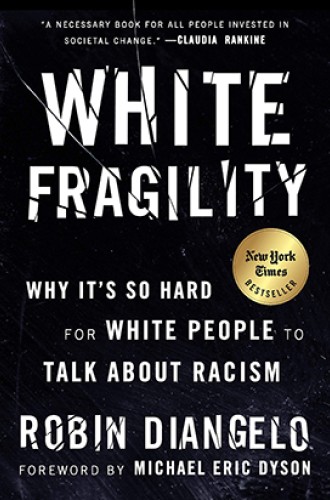The American version of the sitcom The Office declared its independence from its British predecessor with its second episode, “Diversity Day.” The show’s fictional company decides to convene morning meetings to discuss race and ethnicity in the workplace after one of its branch managers, a white man, recites racial jokes from African American comedian Chris Rock.
During the training, the manager insists that he’s done nothing wrong and that he could run the diversity session more effectively than the professional consultant. The manager then parades around with an index card taped to his forehead which reads “Martin Luther King Jr.” as he prods his staff to voice ethnic and racial stereotypes. In 2005, this was how the show’s writers endeavored to make it quintessentially American.
More than a decade later, fact followed fiction. After police in Philadelphia arrested two African American men at a Starbucks and the story caught fire on various forms of media, company executives decided to close roughly 8,000 locations for a day for mandatory training sessions. Officials presented the company as “color brave,” willing to confront racism directly.





